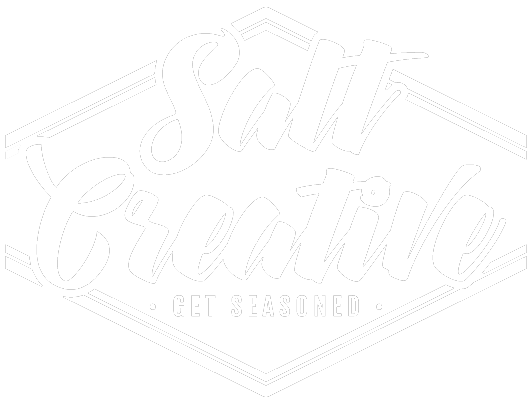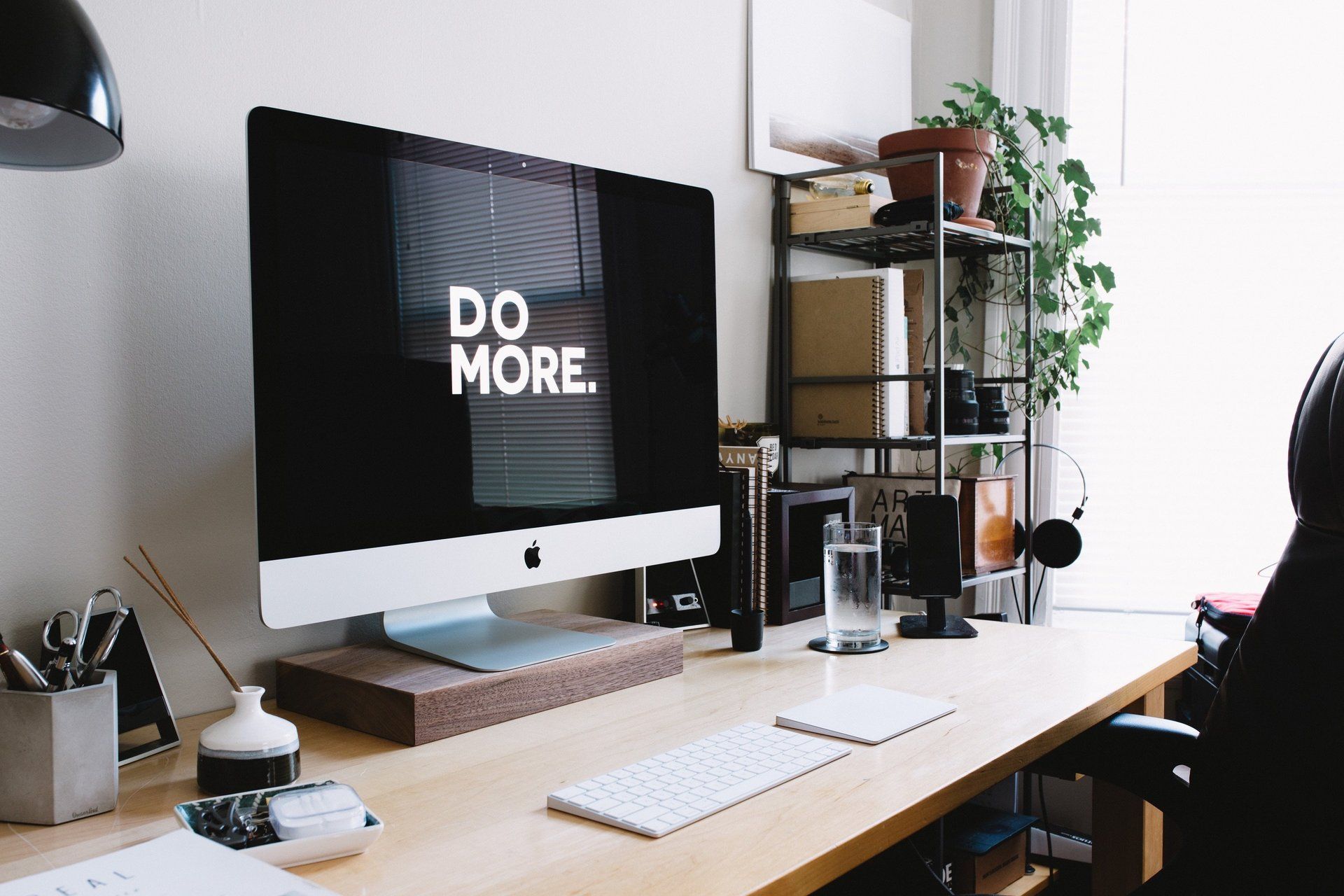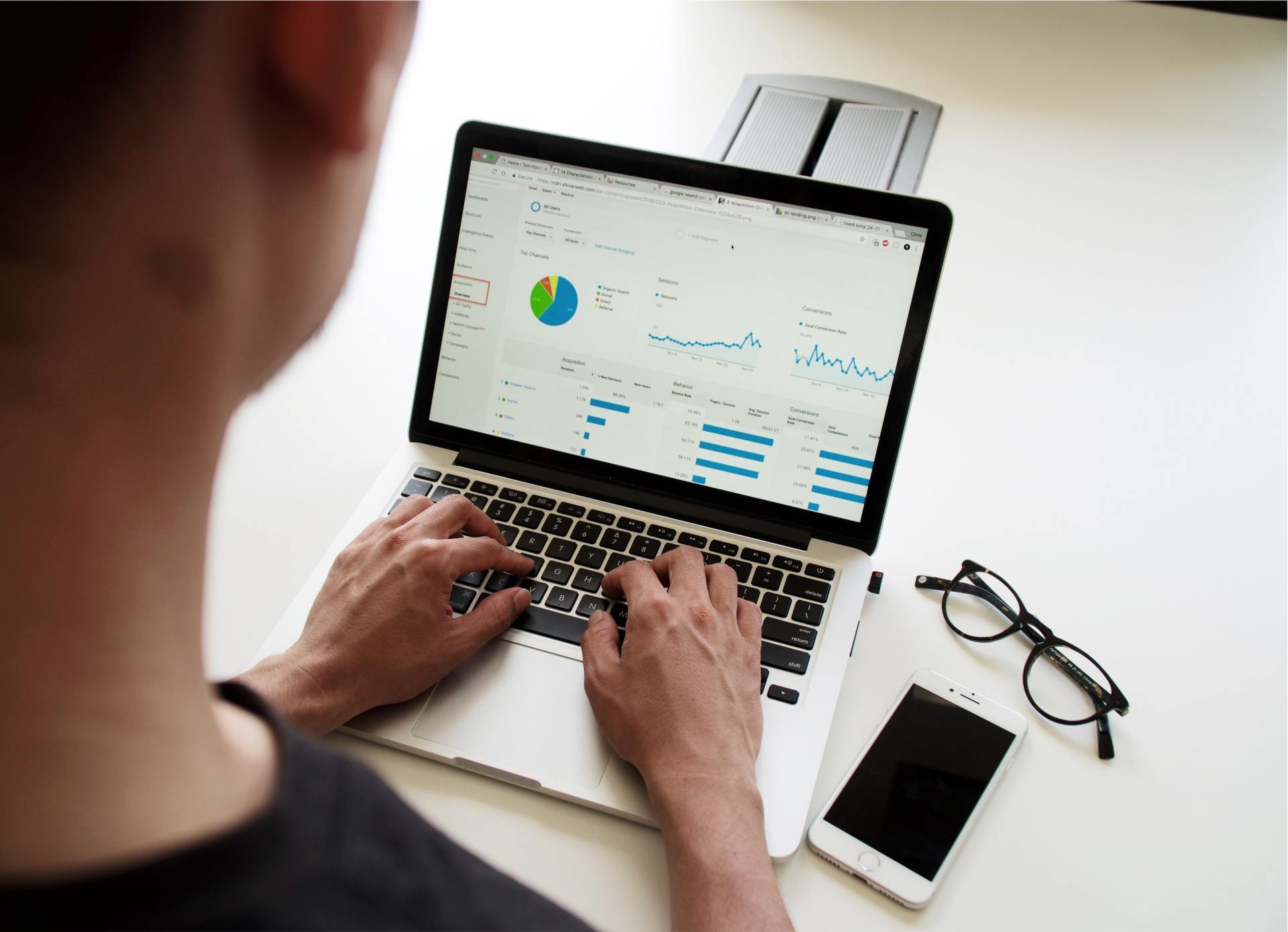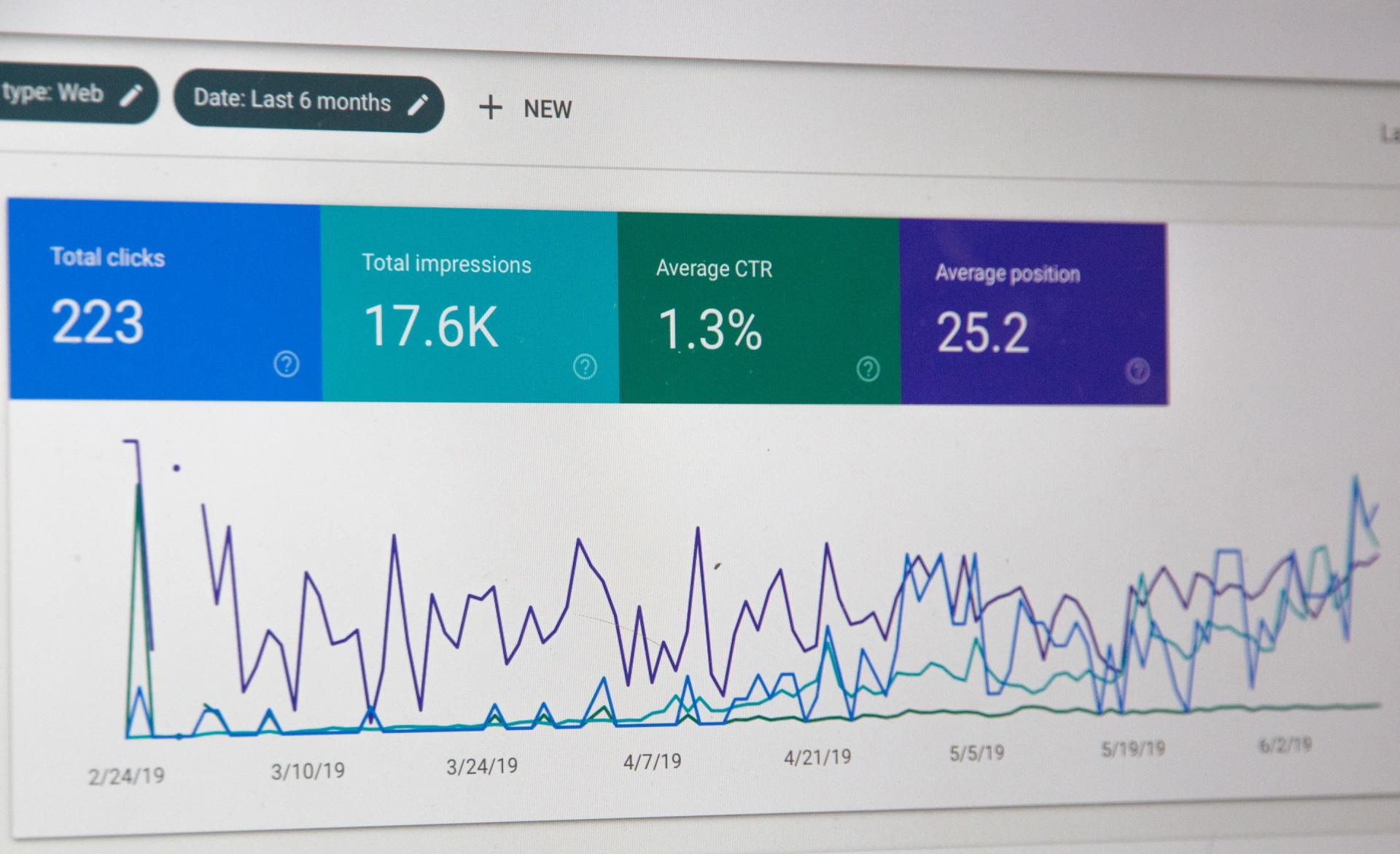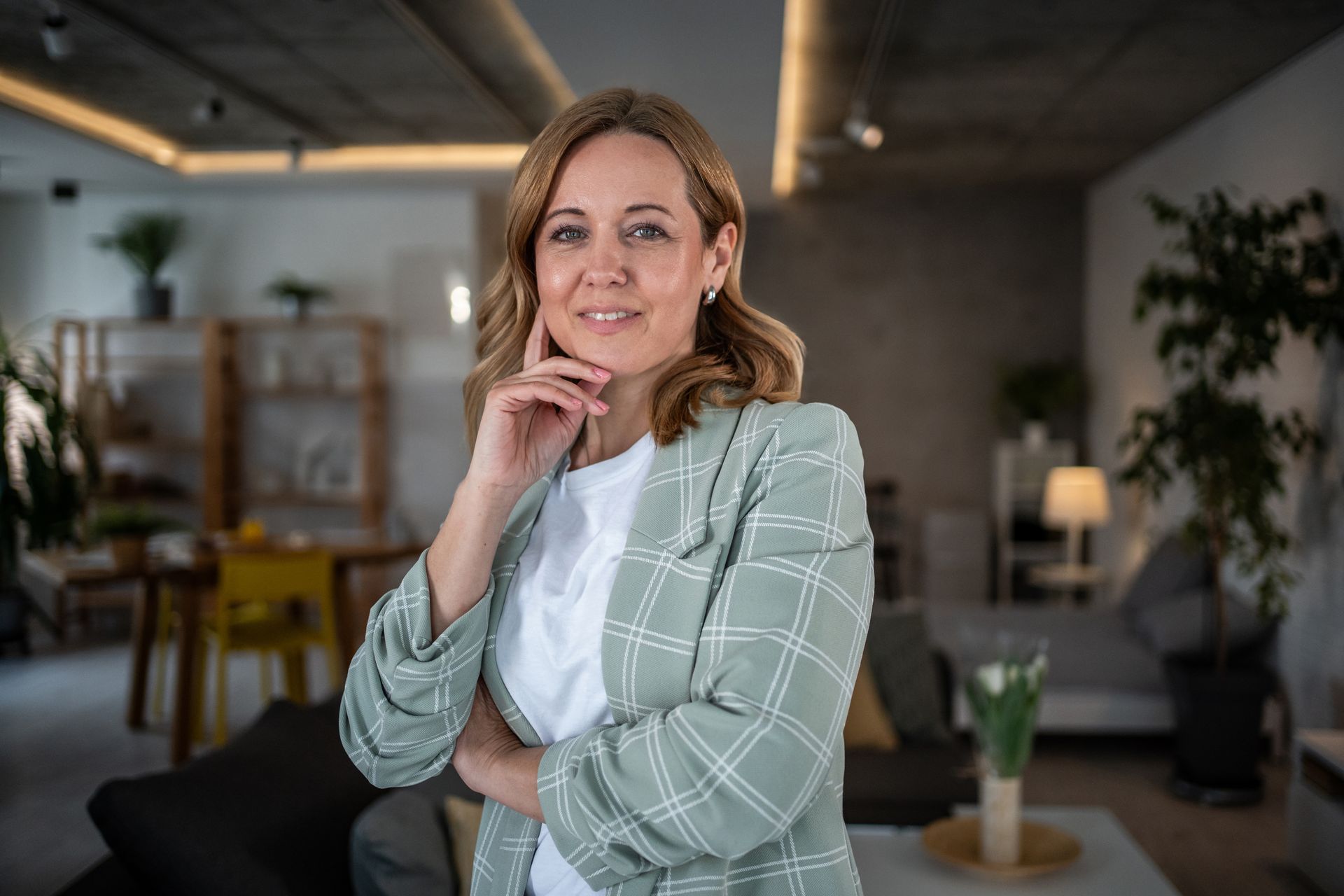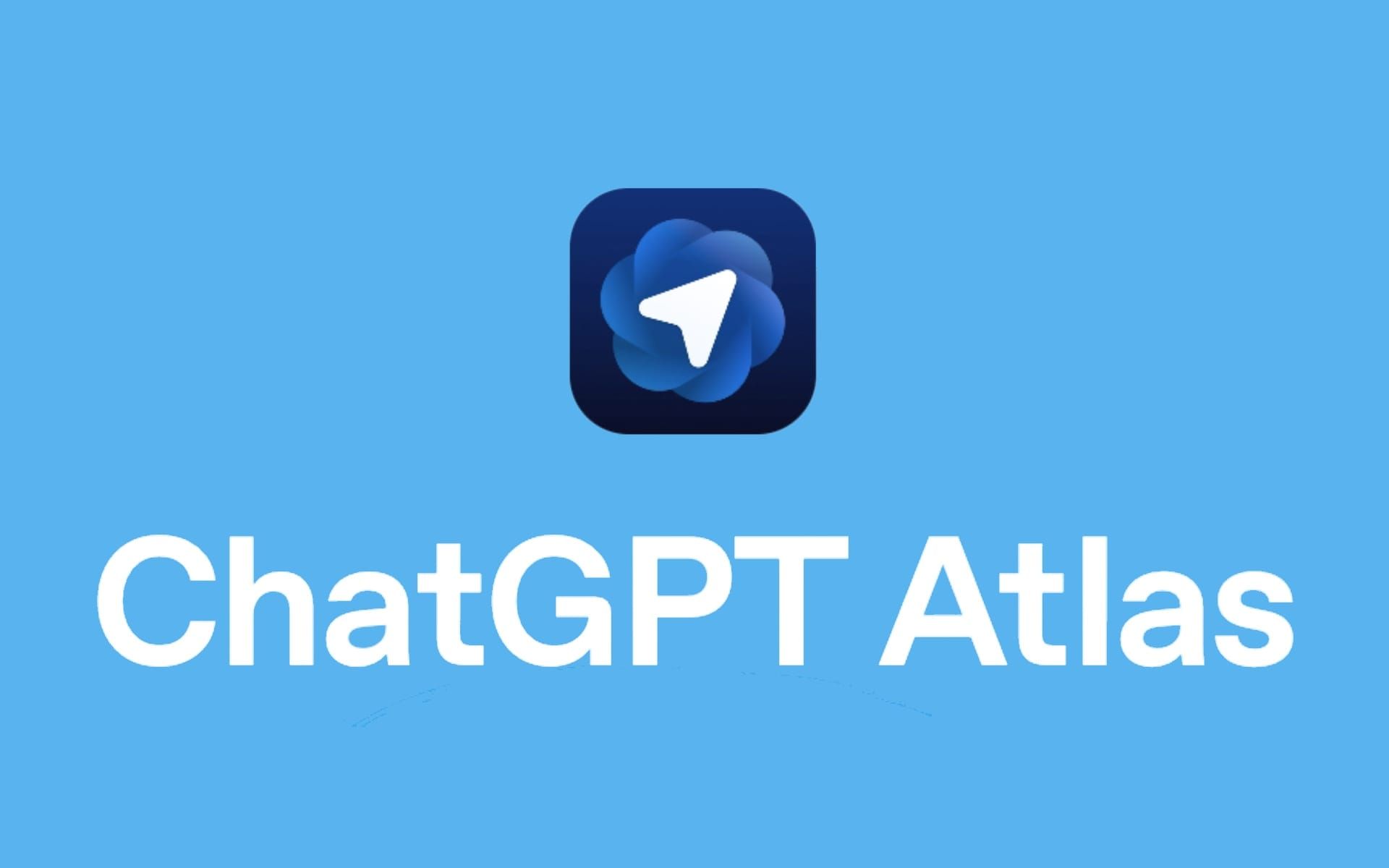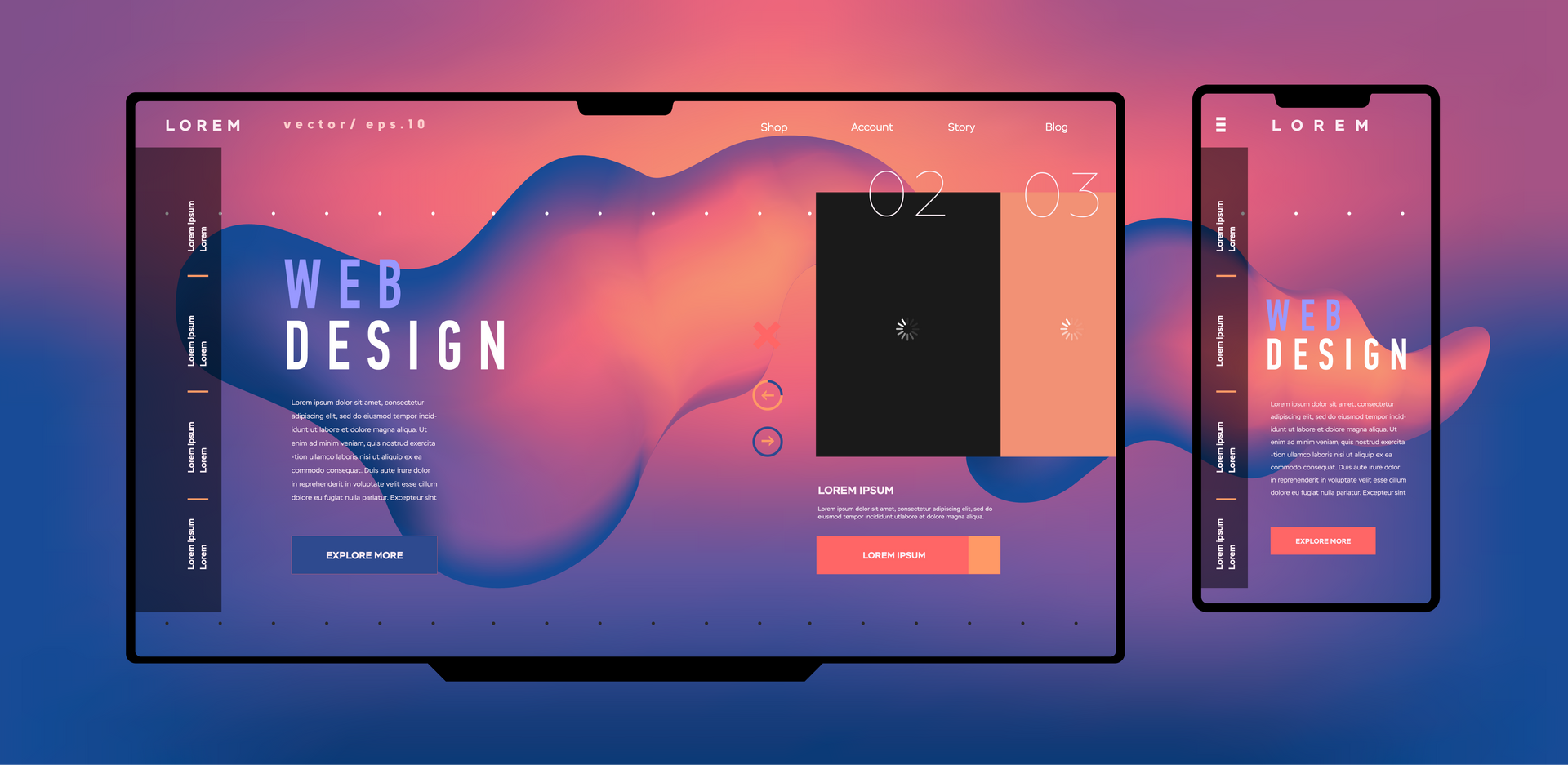Creative Web Design is About Solving Problems, Not Just Making Pretty Pages
Last week, a client on a Zoom call, showed me a website with animated confetti that followed the cursor. "We need this kind of creativity," she said, her eyes gleaming with excitement about all the wrong things. "Something that makes people go 'wow' when they land on our website."
I've heard this song before.
She wanted her accounting firms homepage to have "personality" and "pizzazz." Never mind that her clients are small business owners drowning in receipts and tax deadlines just needed to find their quarterly reports without wanting to throw their laptops out the window. But sure, let's add some particle effects to the homepage. That'll fix everything.
Here's what kills me: everyone thinks
creative web design means reinventing the wheel, adding flourishes, making things bounce and slide and fade in ways that would make a Disney animator jealous. You know what's actually creative? Making a complex form feel like a conversation. Building navigation that users understand instantly, without thinking. Creating an experience so smooth that people forget they're using a website at all.
When did we forget this?
The most creative solution I ever designed was a plain white form with three fields. Three. The previous version had twenty seven fields across four pages, and users abandoned it faster than the Titanic. My "boring" design increased conversion rates by 400%. The client initially complained it wasn't "innovative" enough. Now they brag about it in team meetings.
Real creativity in
web design isn't about aesthetic gymnastics or showing off your animation skills. It's about looking at a problem really looking at it and finding an elegant solution that makes someone's day just a little bit easier. It's about restraint, clarity, and understanding that sometimes the most creative thing you can do is get out of the user's way.
What Your Users Really Want (Hint: It's Not Another Parallax Scroll)
Think about walking into a hardware store. You're there because your kitchen faucet is leaking, and you need a washer that's exactly 3/4 inch, not because you want to admire the creative merchandising displays. Sure, good signage helps. Clear aisles matter. But if you can't find that washer in under five minutes, you're walking out frustrated, no matter how beautifully they've arranged the power tools.
That's
user intent.
Every person who lands on your website is that customer with the leaky faucet. They have a specific problem, a particular need, a thing they're trying to accomplish. Your job, our job isn't to impress them with our design chops. It's to be a detective. We need to figure out what brought them here, what they're hoping to find, and how to get them there with minimal friction.
I learned this lesson the hard way back in 2019. I was designing a website for a local yoga studio, and I was so proud of myself. I created this beautiful, zen inspired interface with gentle animations, soothing transitions between pages, and a meditation quote that faded in while the schedule loaded. Gorgeous stuff. The studio owner loved it.
The users? They hated it.
Turns out, most people booked classes during their lunch break or while commuting. They didn't have time for my artistic vision. They needed to see which classes had spots available, book one, and get back to their lives all in about thirty seconds, ideally while walking or waiting in line for coffee. My "calming" animations were making them miss their train stops. The meditation quotes were eating up precious mobile data.
Three weeks later, I rebuilt everything. No animations. No quotes. Just a simple list: class name, time, spots available, one tap booking. Boring? Maybe. But class bookings went up 60% in the first month.
That failure taught me everything.
Now, before I even open my design tools, I spend time understanding the context of use. Where are people when they visit this site? What emotional state are they in? Are they relaxed and browsing, or are they stressed and need something specific? Are they on desktop with a coffee, or standing in a subway car, holding their phone with one hand?
These questions matter more than color theory. They matter more than typography. They definitely matter more than whether your hero image has a Ken Burns effect.
The truth is,
creative design isn't about adding complexity to impress people it's about removing complexity so people can get what they came for. Every flourish, every animation, every "creative" element should have a purpose: making the user's journey easier, faster, or clearer. If it doesn't serve that purpose, it's not creative. It's clutter.
Core Principles of Human Centered Creativity
Let me tell you what real creativity looks like in web design. It starts with intuitive navigation, and I know what you're thinking how is navigation creative? Here's the thing: that "boring" horizontal menu you keep trying to reinvent? It works. You know what doesn't work? That hamburger menu you hid in the bottom right corner because it looked "cleaner," or that mystery meat navigation where users have to hover over abstract shapes to figure out where anything is.
Good navigation is like clear signage in a massive airport. Nobody cares if the signs at Heathrow are creative they care that they can find their gate before their flight leaves. When you nail navigation so perfectly that users never have to think about it, that's creative genius. It takes serious skill to make something so intuitive that it becomes invisible. Any designer can make navigation "interesting." It takes a master to make it disappear into the user's natural flow.
Visual storytelling comes next, and no, I don't mean hero videos or elaborate scroll triggered animations. I mean using visual hierarchy to guide users through your content like you're telling them a story. You control what they see first, second, third. You use size, color, and spacing to create a narrative flow that makes sense. When someone lands on your page, their eye should naturally follow the path you've designed for them not because you forced it with arrows and flashing buttons, but because you understand how humans scan and process information. That's the creative challenge: telling a story without saying a word, guiding without pushing.
Then there are
micro interactions those tiny moments that make users feel something. Picture this: you click a submit button, and instead of just changing color, it subtly compresses like you're pushing a real button, then bounces back with a little checkmark appearing. That fraction of a second creates satisfaction, a tiny hit of dopamine that says "yes, you did the thing successfully." These moments matter because they transform mechanical interactions into human ones. They make users feel heard and understood.
But here's where most designers stop, and it drives me crazy. Accessibility isn't the cherry on top it's the whole damn foundation. You want to know what real creativity looks like? Try designing a complex data dashboard that works perfectly for someone using a screen reader. Try creating a color system that's beautiful AND distinguishable for users with color blindness. Try building interactions that work just as well with keyboard navigation as they do with a mouse.
Constraints breed creativity. Always have, always will.
When you
design for accessibility, you're forced to strip away the superficial and focus on what actually matters. You can't hide bad information architecture behind pretty visuals. You can't mask confusing user flows with smooth animations. You have to solve the real problem, and that pushes you to be genuinely creative, not just decorative. Every time you design for someone with different abilities than your own, you become a better designer. You learn to communicate more clearly, structure more logically, and empathize more deeply.
These four principles work together. Intuitive navigation ensures everyone can find what they need. Visual storytelling guides them through it. Micro interactions make the journey feel human. And accessibility ensures nobody gets left behind. That's human centered creativity. That's design that actually matters.
The Real Creative Challenge
True creative web design isn't about impressing other designers with your latest CSS tricks it's about empathy and problem solving wrapped in elegant simplicity.
When you strip away the confetti animations and mystery meat navigation, what remains is the hardest creative challenge of all: understanding another human being so deeply that you can anticipate their needs, remove their frustrations, and guide them effortlessly toward their goals. This is creativity with purpose. This is design that changes lives, not just portfolios.
The next time you sit down to design, ask yourself one question: "How can I make this person's day easier?" Then have the creative courage to build exactly that.
Make empathy your superpower.
